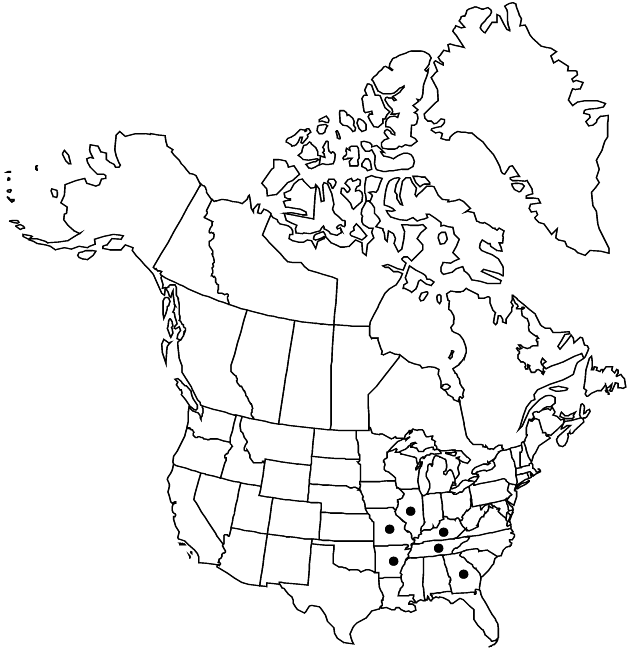Difference between revisions of "Echinacea simulata"
Sida 3: 282. 1968.
imported>Volume Importer |
imported>Volume Importer |
||
| Line 61: | Line 61: | ||
|publication year=1968 | |publication year=1968 | ||
|special status=Endemic | |special status=Endemic | ||
| − | |source xml=https:// | + | |source xml=https://bitbucket.org/aafc-mbb/fna-data-curation/src/2e0870ddd59836b60bcf96646a41e87ea5a5943a/coarse_grained_fna_xml/V19-20-21/V21_215.xml |
|tribe=Asteraceae tribe Heliantheae | |tribe=Asteraceae tribe Heliantheae | ||
|subtribe=Asteraceae (tribe Heliantheae) subtribe Ecliptinae | |subtribe=Asteraceae (tribe Heliantheae) subtribe Ecliptinae | ||
Latest revision as of 20:10, 5 November 2020
Plants to 100 cm (roots fusiform, branched). Herbage sparsely to densely hairy (hairs spreading). Stems mostly green to purplish. Basal leaves: petioles 4–20 cm; blades (1-), 3-, or 5-nerved, linear to lanceolate, 5–40 × 0.5–4 cm, bases attenuate, margins entire (usually ciliate). Peduncles 20–40+ cm. Phyllaries lanceolate to ovate, 7–15 × 1.5–3.5 mm. Receptacles: paleae 10–14 mm, tips pinkish to purple, incurved, sharp-pointed. Ray corollas rose to pink or white, laminae drooping to reflexed, 40–90 × 4–7 mm, glabrous or sparsely hairy abaxially. Discs conic to hemispheric, 20–30 × 20–30 mm. Disc corollas 5–6.5 mm, lobes pink to purplish. Cypselae tan, 3–4.5 mm, faces smooth, usually glabrous, sometimes (rays) hairy; pappi to ca. 1 mm (usually without major teeth). 2n = 22.
Phenology: Flowering late spring–summer.
Habitat: Rocky, open, wooded hillsides, prairies
Elevation: 100–400 m
Distribution

Ark., Ga., Ill., Ky., Mo., Tenn.
Discussion
Echinacea simulata has been reported as introduced in Illinois (http://www.natureserve.org).
Selected References
None.